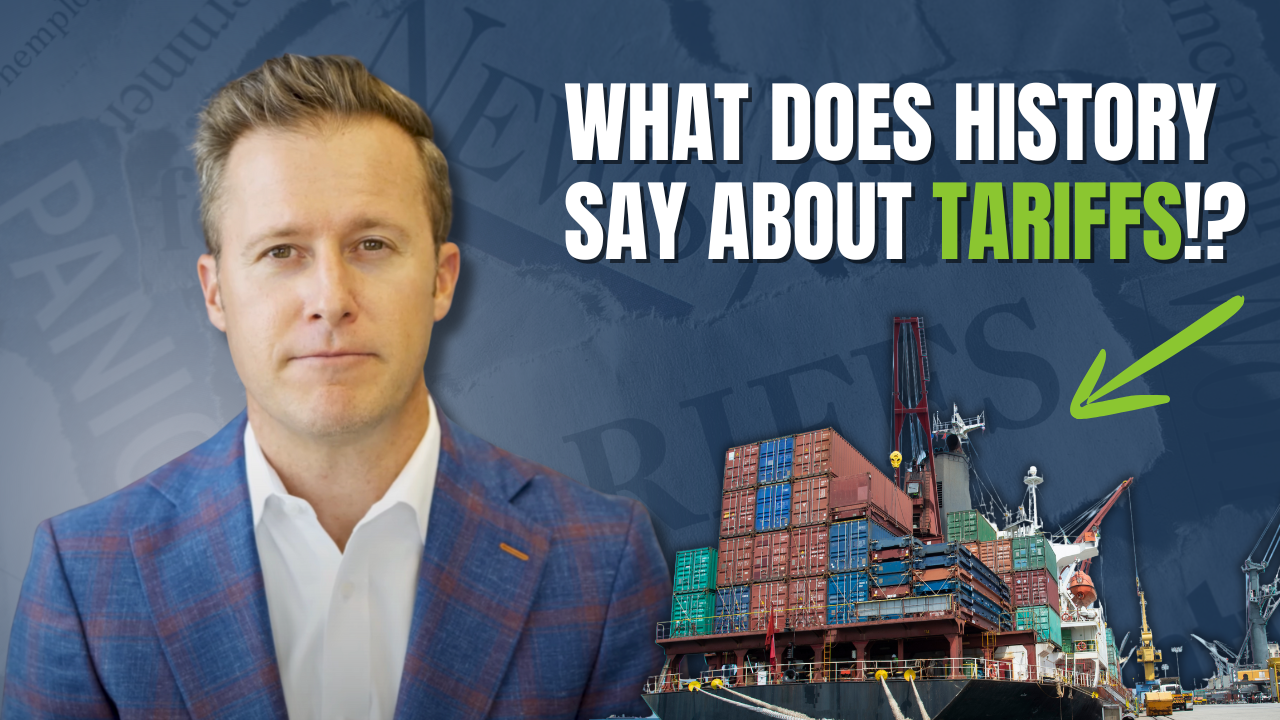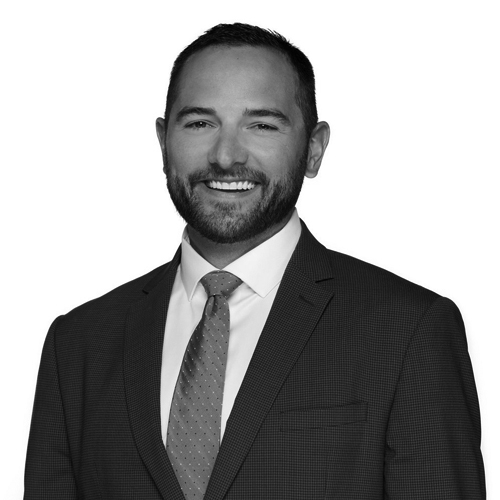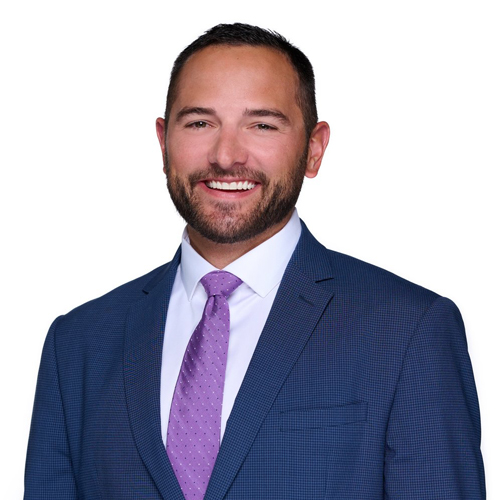Building generational wealth is the goal of many Americans, but knowing how to grow and protect it for the long haul can be challenging. This article explores wealth mitigation strategies that, when used properly, can safeguard your nest egg from unexpected setbacks and help ensure a stable financial future for you, your loved ones, and future generations.
According to Business Insider, wealth creation comes from 4 main areas:
The largest group comprised entrepreneurs (many failed at least once before getting it right), followed by diligent savers who consistently contributed at least 20% of their salary into investment accounts.
Another significant segment included senior executives with substantial compensation plans and, lastly, individuals who were experts in their respective fields.
The 4 Areas of Wealth Creation
For most, it took nearly an entire career to build their wealth.
Unfortunately, wealth can be lost quickly – from poor investment decisions, unprotected liability, or taxes – to name just a few. In Hemingway’s “The Sun Also Rises,” one character asks another how he went bankrupt, and the answer was: “Two ways, gradually, then suddenly.”
Or, as Euripides stated, “How can you think yourself a great man when the first accident that comes along can wipe you out completely?”
So how can you mitigate these risks and secure your wealth for generations?
Insurance
Your wealth is now in numerous forms – multiple properties, exotic vehicles, expensive works of art, rare collectibles, and perhaps a plane. Insurance is vital to protect your material possessions, especially if you purchased them as an investment, like a painting. You can buy various high-net-worth insurance policies to cover art collections, jewelry, multiple homes, and even family protection from kidnappings or hijackings.
But even with your personal possessions covered, you are still exposed to legal action. Umbrella Insurance goes beyond what primary insurance covers, which is especially helpful in a lawsuit against you.
Umbrella Insurance
If you are a high-profile individual, having umbrella insurance is crucial due to the increased likelihood of facing lawsuits for various reasons. For instance, you might encounter a defamation lawsuit following a negative online review or a personal injury claim if someone slips on your property and requires surgery.
Don’t neglect health insurance either. Just because you have a high net worth doesn’t mean you’ll always have the cash on hand to pay for increasingly expensive medical care. Remember, things that have never happened before always happen. Many wealthy individuals have much of their net worth locked up in illiquid assets, making them vulnerable to sudden expenses requiring cash.
Wealth Transfer
Insurance policies also play a role in estate planning to transfer wealth to heirs. By placing assets into an irrevocable life insurance trust while still alive, they are technically no longer yours, shielding them from lawsuits and creditors while building cash value.
Consult an expert to ensure you aren’t underinsured (or overinsured)! You may find surprising gaps that leave you exposed.
Cybersecurity
Cybersecurity is often overlooked, from individuals to small businesses, major corporations, and even governments! Unfortunately, crafty individuals abound that use ever cleverer ways to spoof and phish and bamboozle the unwitting, and wealthy individuals and families have a larger target on their backs. Of particular vulnerability are the older members of an established family who aren’t aware of newer technologies, making them easier to dupe.
Another recent trend is cybercriminals targeting family offices. Corporations have become more secure, making them more challenging targets. Home offices can be an easier, more profitable target. The most common attacks are phishing, malware infections, and social engineering.
Having a solid cybersecurity program in place pays off. If you have a family office, consider hiring a cybersecurity expert and purchasing cyber insurance. If you’re shopping around for a multi-family home office, confirm they implement adequate security measures. Verify all home computers, laptops, and mobile devices have the latest antivirus and antimalware software installed. And never plug in an unknown flash drive into a computer or laptop!
Also, stay updated with the latest cyber concerns and educate the older generation in your family. They should be aware of the red flags that may give away that something is a scam. What is painfully apparent to a younger person may seem exceedingly innocent to an older person who didn’t grow up with advanced technology. Plus, with AI becoming increasingly ubiquitous, criminal schemes will become even more complex and challenging to identify, so always keep your guard up. Criminals have already begun using ChatGPT for nefarious uses, and it’s just a matter of time until AI-generated deep fakes will be prevalent.
Establish Trusts
In a way, the less you own, the better because, the more you have, the more you can lose. Fortunately, a creditor or a lawsuit cannot take away assets that aren’t yours. That’s why various trusts allow you to move assets from your ownership to the ownership of a trust while maintaining control and profiting from the transferred assets.
Here are some examples:
- ILIT (Irrevocable Life Insurance Trust)
We discussed this one above, but just to recap: you can purchase life insurance that builds cash value and place it into a trust. You can also place investments into that trust to pay for the premiums. Then, you can receive policy loans or cash disbursements from the growth of the assets in the life insurance policy if the ILIT is structured correctly. However, any loans you don’t repay are removed from the death benefit.
- Grantor Retained Annuity Trust (GRAT):
A GRAT is an irrevocable trust that allows you to transfer assets, typically high-growth investments or appreciating property, to the trust while retaining the right to receive an annuity payment from the trust for a specified period. At the end of this period, the remaining trust assets pass to the beneficiaries, usually your children, free of gift or estate taxes.
- Charitable Remainder Trust (CRT):
A CRT is an irrevocable trust that allows you to transfer assets to the trust and receive an income stream from the trust for a specified period or your lifetime. At the end of the term, the remaining trust assets are distributed to a designated charity.
So, with the help of these trusts, you can let your assets continue to work for you while also reducing exposure to creditors and lawsuits. To develop a series of trusts, consulting with an experienced estate planning team, usually consisting of a CPA, financial advisor, and an estate attorney, is highly advised. Trusts are a crucial part of estate planning, so in any case, you should look into developing a long-term strategy to minimize your taxable estate and pass on as much as you can to your heirs and beneficiaries.
Still, the best trust strategy doesn’t protect you from market risk if there are underlying securities that correlate with the market.
Diversify your Assets
It goes without saying that we shouldn’t keep all of our eggs in one basket. That’s why we don’t keep a disproportionate amount of one company’s stock in our portfolio. We should spread our assets amongst a wide range of assets covering numerous national and international industries. Mutual Funds and ETFs consisting of stocks and bonds are excellent tools to accomplish this. But still, these are assets subject to the whims of the market.
Consider looking into alternative investments that aren’t exposed to the stock market, such as:
- Commodities (gold, silver, platinum, oil)
- Real Estate (Private, Commercial, Industrial
- Paintings
- Collectibles (stamps, antiques, coins)
- Private Equity
- Venture Capital
- Hedge Funds
Concentration Risk
Another risk the high-net-worth often encounter is Concentration Risk. This danger occurs when an individual has been issued a large amount of Employee Stock Options (ESOs). ESOs aren’t the golden meal ticket we’ve all been led to believe, as companies often fail, don’t make it to IPO (Initial Public Offering), or grantees get stuck with huge tax bills – or even lose everything. It may be better to dump ESOs at the first opportunity and use any funds you raise to purchase a wider variety of securities.
Tax Risk
There are a variety of ways to keep your taxes low. The most straightforward strategies include using tax-efficient retirement accounts, such as a Backdoor Roth IRA, and holding onto investments long enough to qualify for the lower long-term capital gains tax rate. Estate planning strategies can keep your taxable estate low in the long run. A financial advisor or CPA can help you make the most of tax-loss harvesting or implementing the variety of deductions available for your business.
Besides that, however, you should consider alternative strategies. Perfectly legal offshore strategies still exist, such as obtaining residency or a second passport in a low-tax country. You can also look into incorporating in a state with fewer taxes through a shell company, which is also perfectly legal if properly executed.
Ongoing Financial Education
Wealth management is a constantly evolving process. Now that you’ve built up your wealth, you must stay on top of the constant changes. And not only you. Teach your children the basics of financial literacy and planning from a young age and show them how to manage money responsibly. Often, a legacy is squandered by heirs or beneficiaries who don’t know what to do with so much money once they have control over it.
In Conclusion
This article is by no means an exhaustive guide on mitigating risk, but hopefully, it shows some aspects of risk mitigation that you perhaps weren’t aware of before. I highly recommend creating a comprehensive risk mitigation strategy with a financial advisor or family office. Equally important, you must review that strategy often to ensure it stays current with emerging risks and threats to your wealth.
Care to craft or go over your risk mitigation strategy? Click the button below!













